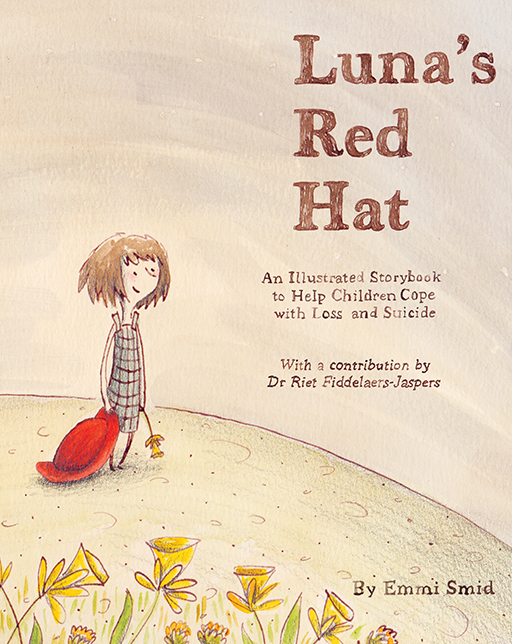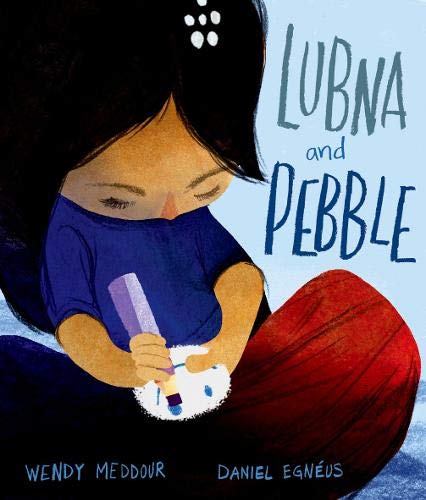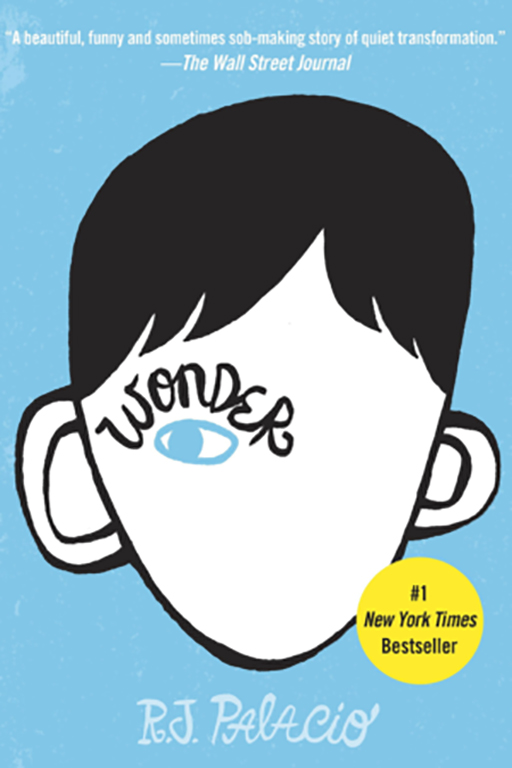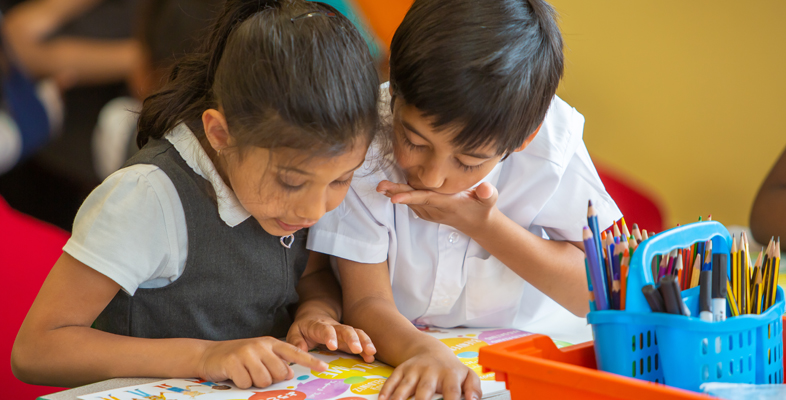6 Addressing sensitive issues and tricky topics
Contemporary children’s literature and other texts may refer to characters’ experiences of bullying, bereavement, mental ill-health, disability, family break-up, migration, terrorism, racism and homophobia, amongst other things. Some informational texts discuss disabilities or migration directly, whilst other narrative texts may include characters who are refugees, who are coming to terms with their sexuality or who live in LGBTQ families. Whether directly or indirectly, children’s literature sometimes addresses some sensitive subjects.
Although adults instinctively want to shelter and protect young children from difficult issues, providing a safe space for children to discuss and grapple with such matters benefits them in many ways. Stories give a unique angle from which to address and discuss these tricky topics. Discussion around a narrative can help children to process personal circumstances and provide reassurance, comfort and support. These stories and related discussions show children that they are understood and may help them find resolution.
In the classroom, sharing books on sensitive or controversial subjects opens up a space for dialogue and discussion. Through participating in book talk, children can explore multiple perspectives and engage in nuanced and complex thinking, examining life experiences from different vantage points.
Activity _unit4.6.1 Activity 3 Working with texts to address sensitive issues
Below are the synopses of three children’s books. As you read each synopsis, think about specific situations in which you might use this text in the classroom. Have you previously known a child or children for whom these texts would help them understand their own situation, or that of their peers? Think about how you might plan to introduce this text to your class, group of children, or an individual child.
Extract _unit4.6.1 Luna’s Red Hat, Emmi Smid - Jessica Kingsley Publishers

Synopsis
This beautifully illustrated and compassionately told story centres on Luna, a little girl who lost her mum to suicide. As Dad and Luna approach the one year anniversary of Mum’s death, they share memories and explore the melting-pot of confusion, guilt, sadness and anger felt by Luna as she tries to make sense of what happened. This is a stunning picture book especially designed for children who have experienced the loss of a loved one by suicide.
Extract _unit4.6.2 Lubna and Pebble, Wendy Meddour and Daniel Egneus – Oxford University Press

Synopsis
Lubna’s best friend is a pebble. She found it on the beach when they arrived in the night, then she fell asleep in Daddy’s salty arms. Lubna tells Pebble everything. About home. About the war. Pebble always listens to her stories and smiles when she feels afraid. But one day, when a little boy arrives, alone in a world of tents, Lubna poignantly understands that he needs Pebble even more than she does . . .
Extract _unit4.6.3 Wonder, R.J. Palacio – Corgi Children’s Press.

Synopsis
August Pullman (Auggie) has a severe facial deformity and is home-educated until the age of 10, when he begins to attend school. The story is not just told from Auggie’s perspective, but also through the eyes of his family and friends – following his fears and challenges as he comes to terms with other children’s reactions to his appearance. It’s an emotional journey and a superb book to start discussions about accepting people for who they are, empathy and the importance of friendships.
Comment
It is important to remember that children will respond to a narrative in different ways, and also that it is difficult to predict how children will respond. As discussed in Session 2, stories personally resonate with different children in different ways. To adults, a child’s response might seem overly dramatic, or it might seem heartless and appear to lack empathy.
The way in which books speak to us is very individual, there is no right or wrong response. However, texts offer a space to explore and discuss issues and ideas. Stories help children to see issues from the perspectives of the characters, and sensitive discussion and book chat around the story helps children develop deeper understandings.
Children see themselves in books, they see others in books, and they see themselves in others (Boyd et al., 2015), therefore children’s literature is also a powerful vehicle for developing empathy. You will look at this in more detail next.
